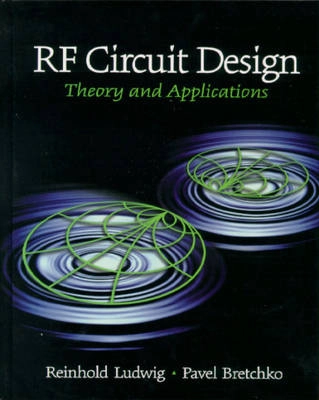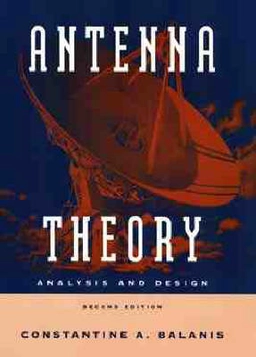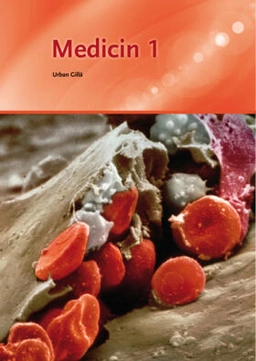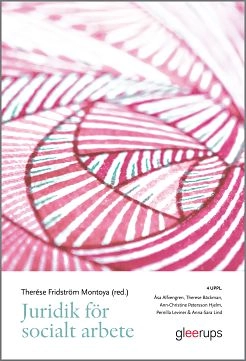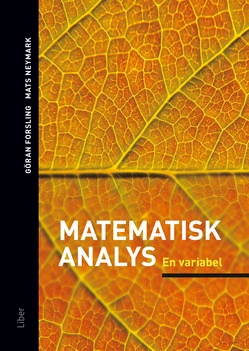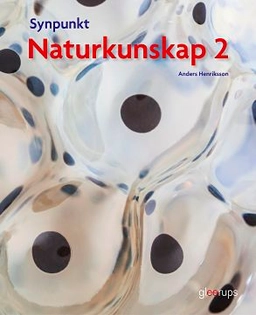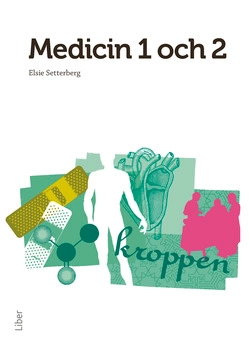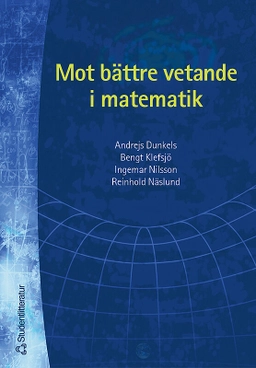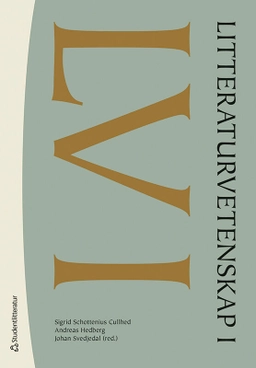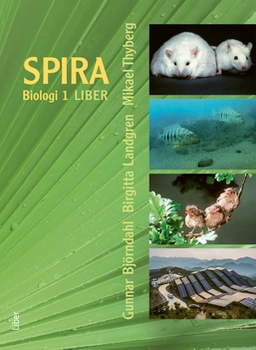For upper-level Electrical Engineering introductory courses in RF Circuit Design and analog integratedcircuits.
This practical and comprehensive book introduces RF circuit design fundamentals with an emphasis on design methodologies.
Provides MATLAB routines to carry out simple transmission line computations and allow the graphical display of the resulting impedance behaviors as part of the Smith Chart. Allows students to implement these software tools on their own PC. All m-files will be included on a bound in CD-ROM. Presents RF Amplifier Designs, including small and large signal designs, narrow versus broad band, low noise, and many others. Provides students with useful broad-based knowledge of common amplifier designs used in the industry. Discusses Matching Networks, such as T and P matching networks and single and double stub matching. It also includes Discrete and Microstrip Line matching techniques with computer simulations.... Presents Scattering parameterssuch as realistic listings of S-parameters for transistors and transmission line. Highlights practical use of S-parameters in circuit design and performance evaluation. Features Smith Chart, including series and parallel connections of resistor, capacitor, and inductor networks. It also includes simulations in MATLAB to provide graphical display of circuit behavior and performance analysis. Introduces the Smith Chart as a design tool to monitor electric behavior of circuits. Introduces the generic forms of Oscillators and Mixers, including negative resistance condition, fixed-frequency, and YIG-tuned designs. Explains the most common oscillator designs used in many RF systems. Provides an overview of common filter types, including low, high, bandpass, Butterworth, and Chebyshev filters. Provides design tools to enable students to develop a host of practically realizable filters. Discusses the high-frequency behavior of common circuit components, including the behavior of resistors, capacitors, and inductors. Helps students understand the difference of low versus high frequency responses. Introduces the theory of distributed parameters through a discussion on Transmission Lines. This includes line parameters, sources and load terminations, and voltage and current waves. Outlines the need of distributed circuit theory in today's high frequency circuits. Analyzes active/passive RF circuits through various network description models, especially the two-port network. This discussion also covers impedance, admittance, ABCD, h-parameter networks, and interrelations. Includes a number of important pedagogical featuresIntersperses examples throug...
Åtkomstkoder och digitalt tilläggsmaterial garanteras inte med begagnade böcker
